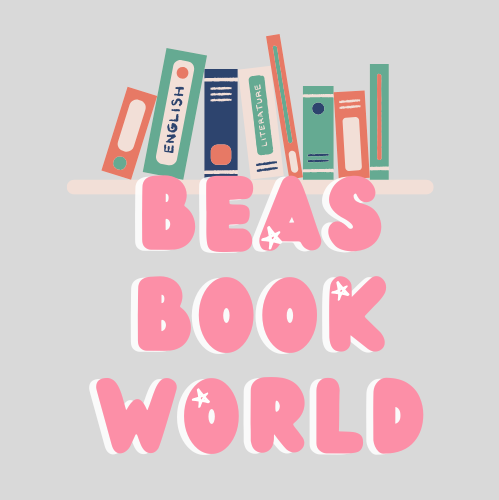In the book world there are some terms and abbreviations that aren’t always easy to interpret so I’ve made a list that can clarify some of them. You can often find these on social media with book reviewing posts, but if you’re new to the book world, or missed out on these, here is the list you need to keep up with the lango 😉
Are there some terms or abbreviations that I’ve missed?
Please leave a comment down below!
TBR – To Be Read
Books that a reader plans to read in the future, often kept in a TBR list or pile.
DNF – Did Not Finish
Used when a reader starts but decides not to finish a book, usually due to lack of interest or personal preferences.
HEA – Happily Ever After
A common ending in romance novels where the main couple achieves a joyful, committed relationship by the end.
HFN – Happy For Now
Similar to HEA, but the ending is more open-ended, with the characters happy but not necessarily committed forever.
MC – Main Character
The protagonist or central character(s) of a story. Used in variations like MMC (Male Main Character) and FMC (Female Main Character).
POV – Point of View
The perspective from which the story is told. Romance novels often switch between the POVs of each main character.
CLIFFY – Cliffhanger
An ending or chapter conclusion that leaves the story unresolved, building suspense for the next part or book.
Tropes
Common themes or plot devices found in romance novels, such as enemies-to-lovers, forbidden love, and forced proximity.
BBF – Book Boyfriend
A male character that readers adore and might consider as their “dream guy” in the fictional world.
CHEM – Chemistry
Refers to the palpable, romantic, or emotional connection between two characters.
Smut
Refers to explicit or steamy scenes in a book, common in romance and dark romance genres.
BFF – Best Friend Forever
A close friend character who often supports or challenges the protagonist throughout the story.
Slow Burn
A trope where the romance between characters builds slowly over time, leading to heightened anticipation.
TW – Trigger Warnings
Content warnings for potentially distressing topics like abuse, violence, or other sensitive themes, especially common in dark romance.
Standalone
A book that completes its story in one volume and doesn’t rely on sequels or prequels for full enjoyment.
Series
A collection of books connected by characters, settings, or overarching plotlines. Romance series often follow different couples in the same world.
New Adult (NA)
A genre focused on characters typically in their late teens to mid-20s, exploring themes like independence and self-discovery, often with romantic elements.
Young Adult (YA)
A genre focused on teenage protagonists, often dealing with coming-of-age themes, with romance as a subplot.
Reverse Harem (RH)
A subgenre where the female main character has romantic relationships with multiple male characters, often without choosing just one.
Forbidden Romance
A trope where the relationship is restricted or frowned upon due to circumstances, like family, age, or social status.
Book Hangover
The lingering emotional state or sense of longing after finishing an amazing book or series.
Novella
A shorter book that can stand alone or be part of a series, often used for side stories or spin-offs in romance.
Dark Romance
A subgenre that explores themes of power, intensity, and sometimes morally grey characters and situations, pushing boundaries of traditional romance.
M/M or F/F –
Male/Male or Female/Female
Refers to romance subgenres featuring relationships between two men (M/M) or two women (F/F).
Spoiler-Free
Refers to reviews or discussions that avoid revealing critical plot points, twists, or endings.
Reading Slump
A period where a reader feels unmotivated to read, often due to burnout or difficulty finding engaging books.
Plot Twist (PT)
A sudden and unexpected change in the storyline, adding surprise and suspense to the narrative.

